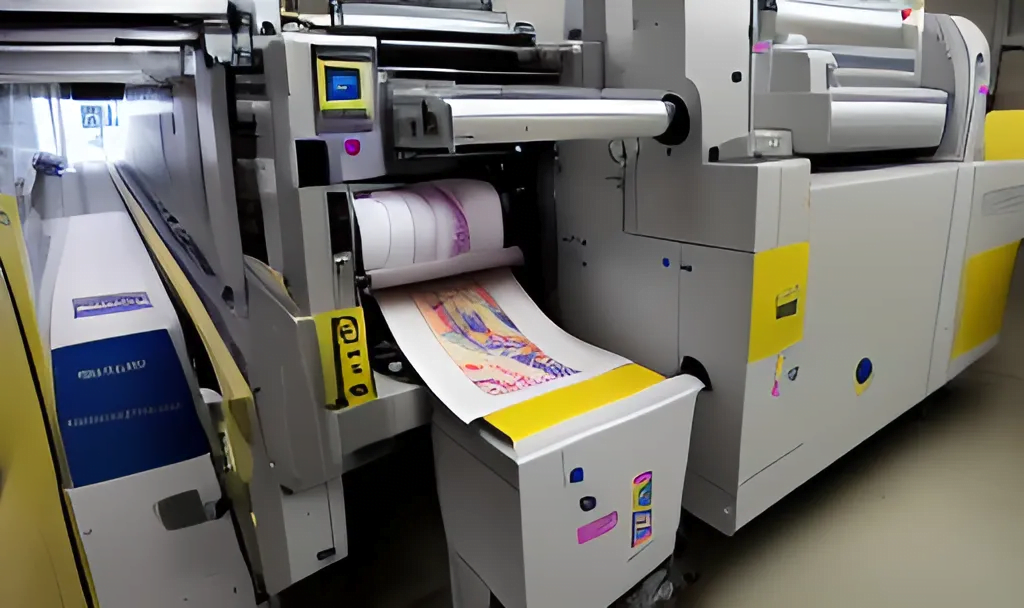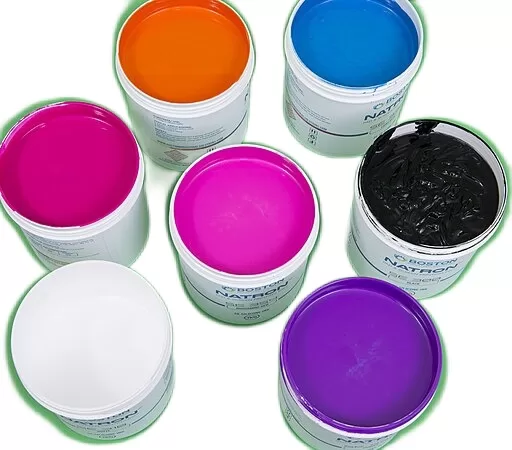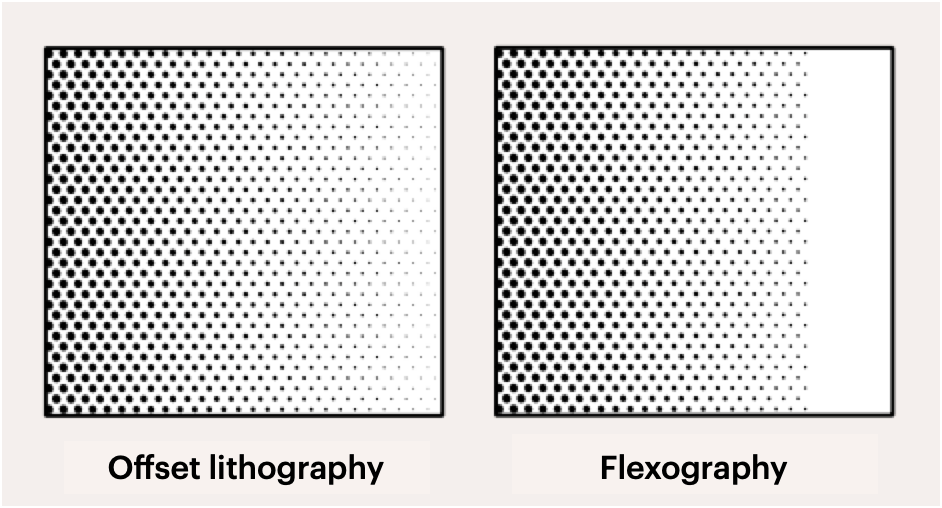Application of Narrow Web Flexo Printing
Narrow web flexo printing, a dynamic subset of flexographic printing, shines as a highly adaptable and efficient process tailored for smaller and mid-sized manufacturers. It employs a distinctive rotary and multiple in-line converting process, making it particularly advantageous for businesses seeking to meet the demands for smaller, customised printing orders. This method distinguishes itself by leveraging a flexible relief plate technology, capable of imparting high-quality prints on a diverse array of substrates including paper, plastics, cellophane, and metallic films.
The crucial distinction between narrow and wide web flexo printing lies in the operational width; whereas narrow web focuses on materials less than 400mm wide, its wide web counterpart caters to substrates up to 1500mm or more. This variance is instrumental in setting their respective domains of application, drawing a line between their effectiveness and appropriateness for certain printing tasks, and ensuring that manufacturers can select the most suitable flexographic printing approach to suit specific project requirements and market needs.
Primarily dominating in labels, tags, packaging, and specialty items, narrow web flexo printing thrives where precision, versatility, and swift production are crucial. Its unparalleled capability to produce high-quality, detailed graphics promptly on diverse substrates renders it ideal for the food and beverage, pharmaceuticals, cosmetics, and healthcare industries. Moreover, the evolving consumer market, with its growing demands for customisation and high-quality prints in smaller quantities, is perfectly aligned with the strengths of narrow web flexo printing, thus reinforcing its status as a preferred choice for these applications.
Prominence of Narrow Web Technique
Narrow web flexo printing stands as a versatile choice for small to medium-scale industries, offering a variety of essential features that cater to specific printing needs. Below are some of the key characteristics that define its functionality and suitability:
- The printing process achieves impressive speeds, ranging from 150 to 200 m/min, enhancing production rates.
- It utilises ink with a viscosity of 34 sec, Zahn cup #3 (sec, Zahn cup serving as a scale for assessing the viscosity), which roughly equals to 310 centistokes. This particular viscosity is optimal for UV-cured inks, facilitating quicker drying and processing times.
- The permissible printing width varies between 250 to 400 mm, accommodating a broad array of printing jobs.
- This printing technique is especially effective for materials such as polythene bags, a variety of flexible packaging options, and labels, making it ideal for orders of small to medium quantities.
- At the heart of its operation, narrow web printing employs a fountain roller inking system, ensuring efficient and even ink distribution across the printing surface.
This combination of features makes narrow web flexo printing a highly adaptable and efficient option for manufacturers looking to balance quality, speed, and versatility in their printing operations.
Practical Advantages of Narrow Web Flexo Printing
The benefits of narrow web flexo printing offer compelling advantages for businesses, highlighting its appeal in the printing industry.
Better Cost Efficiency
One of the paramount advantages of narrow web printing is its cost efficiency compared to wider web alternatives. Both the initial investment and ongoing operational costs are lower, making it a practical choice for businesses of small to medium size seeking to maximise their budget while maintaining high-quality output.
Shorter Printing Runs
For small manufacturers, the costs associated with wide web printing can be prohibitive, making narrow web printing a cost-effective solution for executing smaller orders with minimal waste. This approach is especially beneficial for small to mid-sized enterprises requiring efficient, high-quality printing of labels and packaging. The streamlined setup and quicker turnaround times of narrow web presses allow businesses to react rapidly to market shifts and demands.
Higher Adaptability and Job Quality
Narrow web flexo printing’s ability to accommodate a wide variety of substrates opens up extensive market possibilities. Furthermore, advancements in technology have significantly improved print quality and consistency, effectively closing the gap with traditional printing methods such as gravure and offset printing.
Environmentally Friendlier
Narrow web printing utilises UV-based inks, which are notable for their minimal volatile organic compound (VOC) emissions, aligning with environmental regulations. The use of UV-curable inks ensures rapid drying, positioning narrow web printing as a step towards more sustainable printing practices by reducing waste and mitigating environmental impact.
Words to Flexo Printing Practitioners
For business practitioners interested in venturing into or expanding within the narrow web flexo printing sector, understanding its basic requirements is crucial. Firstly, the investment in a narrow web flexo press – though slightly lower than its wide web counterpart – is significant, necessitating a thorough market and financial analysis. Secondly, due to the versatility of substrates and the requirement for high-quality prints, acquiring or cultivating expertise in the intricacies of flexographic printing and colour management is essential. This expertise also includes a profound understanding of the various inks, plates, and anilox rolls – key components in the flexographic printing process. Moreover, embracing technological advancements such as digital plate making and LED curing technologies can further enhance efficiency and print quality.
To make the most of narrow web flexo printing, businesses should consider several strategies. Emphasising innovation and customisation in product offerings can significantly enhance market presence and appeal. Leveraging the inherent flexibility of narrow web flexo printing to offer small to medium-sized print runs with multiple SKUs can cater to the burgeoning demand for customisation and just-in-time printing. Investing in sustainability – through eco-friendly inks and substrates, and energy-efficient presses – can not only reduce environmental impact but also cater to the growing consumer demand for sustainable products. Furthermore, integrating digital technology with flexographic processes, such as the use of digital pre-press technologies and hybrid printing (combining flexo with digital printing), can streamline operations and expand capabilities.
In Conclusion
Narrow web flexo printing presents a compelling proposition for businesses looking to thrive in the competitive and fast-evolving printing market. Its suitability for high-quality, versatile, and efficient printing across a plethora of substrates positions it as an invaluable asset. By understanding its fundamentals, leveraging its advantages, and continuously innovating, businesses can harness the full potential of narrow web flexo printing to achieve exceptional growth and sustainability.






